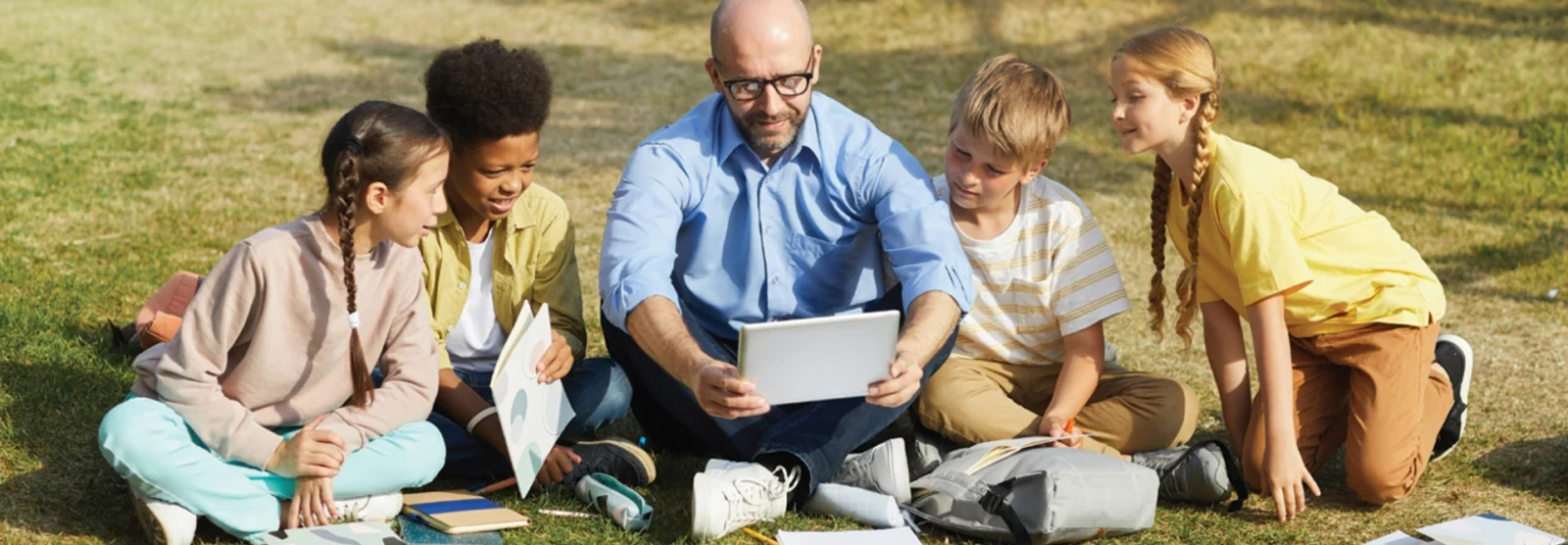The concept of outdoor classrooms isn’t new. It dates back to the 1930s when architect Richard Neutra designed California’s Corona Avenue School to seamlessly connect indoor and outdoor learning. Today, schools are reviving this idea with a modern twist that integrates technology into nature-rich environments.
Creating these spaces has unique challenges, like ensuring ruggedized tech and reliable internet connectivity. Yet, the benefits are immense, and many schools are embracing outdoor classrooms to enhance student engagement and creativity. From elementary schools in North Carolina to middle schools in Virginia, communities and local organizations are coming together to fund and support these projects, demonstrating the value of learning beyond four walls.
In Brevard, N.C., Transylvania County Schools launched an outdoor classroom and trail system with help from local philanthropists and state grants. Similarly, Shenandoah County Public Schools in Virginia built an outdoor space with the hands-on support of its carpentry students. New Hampshire and Ohio schools are also tapping into local partnerships to create immersive learning experiences for students.
The pandemic played a pivotal role in reigniting interest in these outdoor spaces. Schools sought safe, in-person options, and many built makeshift outdoor classrooms that have since become permanent fixtures. For instance, Hannah Elementary School in Massachusetts transformed its temporary setup into a permanent outdoor learning environment through grants and community donations.
As schools continue to adapt and modernize, outdoor classrooms offer a fresh, innovative approach to education. They blend the beauty of nature with the power of technology to create engaging, adaptable learning environments for students.













































Leave a Reply